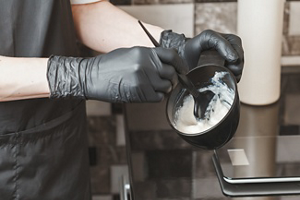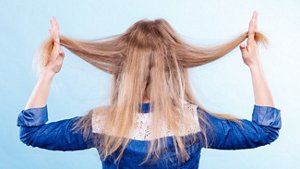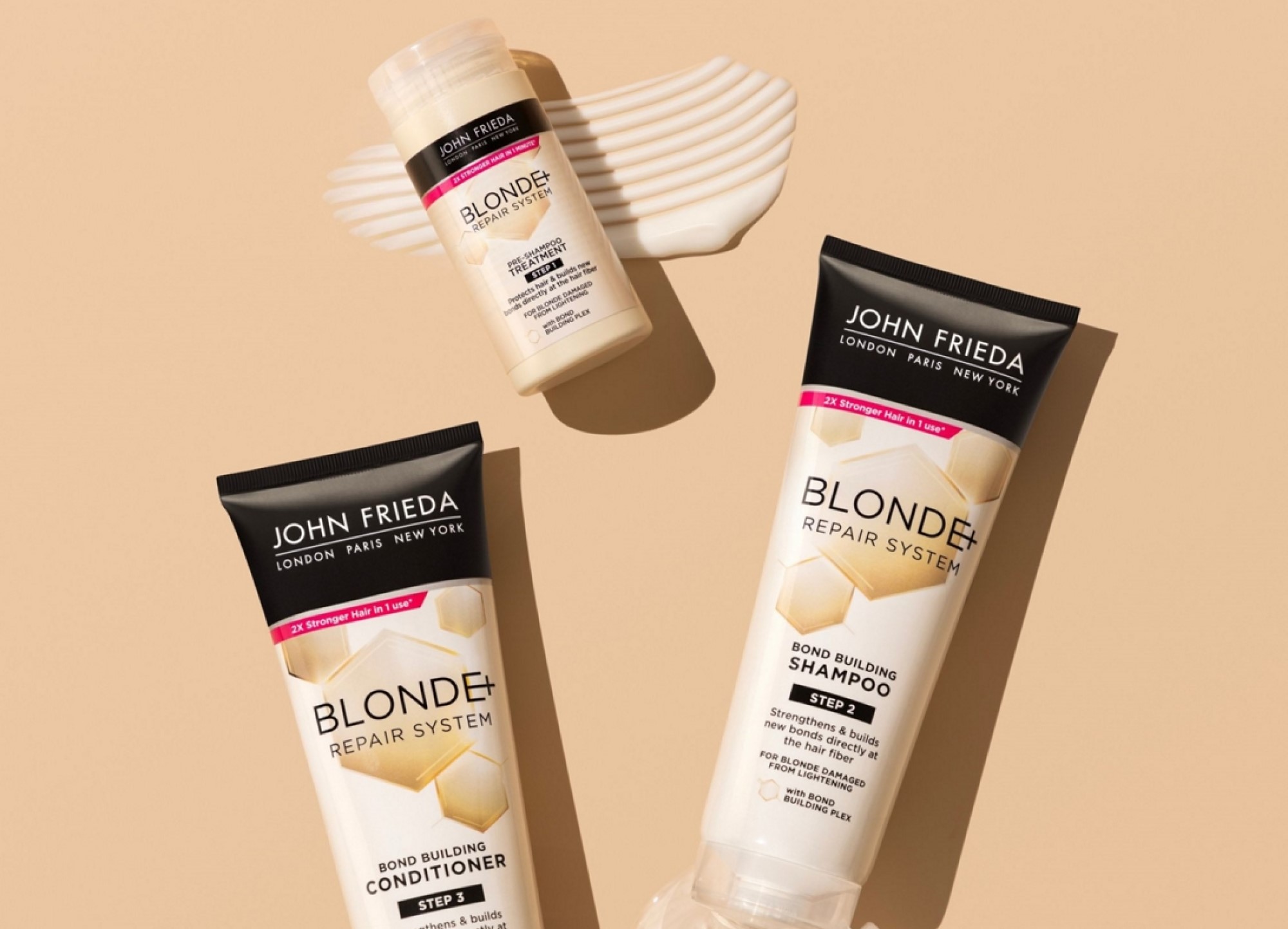HOW TO REPAIR DRY HAIR
What is dry hair?
Dry hair is hair that’s lacking in moisture – it can’t retain hydration, and it’s not getting enough on a day-to-day basis.Dehydrated hair often looks frizzy and dull – when you touch it, it may feel brittle and straw-like, and flyaways and split ends may become noticeable when you look in the mirror.
Hair is formed of three layers - the cuticle, the cortex, and sometimes the medulla. When hair is healthy, the natural oils in the cuticle – the outer layer of hair – nourish and protect the inner layers. These oils also reflect light, giving your hair shine and lustre. In dry hair, this moisturising outer layer breaks down, and your hair starts to look dull and unhealthy.
Anyone can suffer with dry hair, but it’s more likely to develop with age. It affects men and women equally. Here’s what causes dry hair, and how to repair and care for your hair.

What causes dry, damaged hair?
There are several factors which cause dry hair – including your hair habits, your environment, and your overall physical health.Environmental issues which can cause dry hair
- A hot, dry climate
- Being outside frequently in bright sunlight, very hot/cold temperatures or heavy wind
- Pollution
- Swimming frequently in the sea or in chlorinated water
Haircare habits which can lead to dry hair
- Using low-quality shampoos, conditioners and treatments
- Using products not meant for your hair type
- Bleaching or colouring your hair
- Using heat-styling tools every day, such as your hairdryer or straighteners

How to hydrate and repair brittle hair
There are several ways you can combat dry, fragile hair – however, it can take a while for better hair habits to reflect in your hair. Here are some lifestyle tweaks you can try.- Condition your hair every time you wash it, and use a hydrating hair mask once a week
- Use products for dry hair which suit your hair type, and hydrating styling products
- Don’t roughly towel dry your hair – either gently blot it dry or use a microfibre hair turban
- Avoid chemical treatments, including straightening treatments
- Let your hair air dry and use a diffuser if you need to blow dry your hair
- Protect your hair from the sun, wind and colder temperatures when you go outside
- Stay hydrated, eat well and cut back on alcohol
- Get regular haircuts and trim split ends – they contribute to your hair looking and feeling frizzy
- Invest in a satin or silk pillowcase or a silk hair wrap to wear at night

How to style dry hair
If you’re trying to rebuild your hair’s health by avoiding heat styling tools, there are plenty of ways to wear your hair while combatting dryness.- Braids and buns can be protective styles, as they prevent moisture loss – however, don’t style them too tightly or pull your scalp as this can lead to further breakage
- Use wide-toothed combs and gentle paddle brushes, and don’t tug on knots
- Topknots and messy buns are a good choice – smooth down any flyaways with hair serum
- Chignons work well as they protect the ends of your hair from further damage

How to rebalance a dry scalp and oily hair
If your scalp’s dry, you might find it’s itchy and flaky – this is because your scalp’s sebaceous glands are secreting less serum, and your scalp’s not hydrated properly.A dry scalp paired with oily hair tends to be an issue that affects people with straight hair, as the sebum from your scalp travels down the length of your hair easily – leaving your scalp too dry and your hair too oily. This issue can also be caused by residue on your scalp – any clogged pores will then ‘push’ sebum down your lengths, leaving your scalp dry. In order to address the issue, you’ll have to sort out your dry scalp first.
- If you feel your scalp’s congested, invest in a scalp scrub to clear away dirt and oily residue
- Keep your scalp moisturised by oiling it regularly; 1-2 times a week should be fine
- Brush your hair every day to stimulate your hair follicles and boost blood flow
- Use a moisturising shampoo and a moisturising conditioner when you wash your hair



